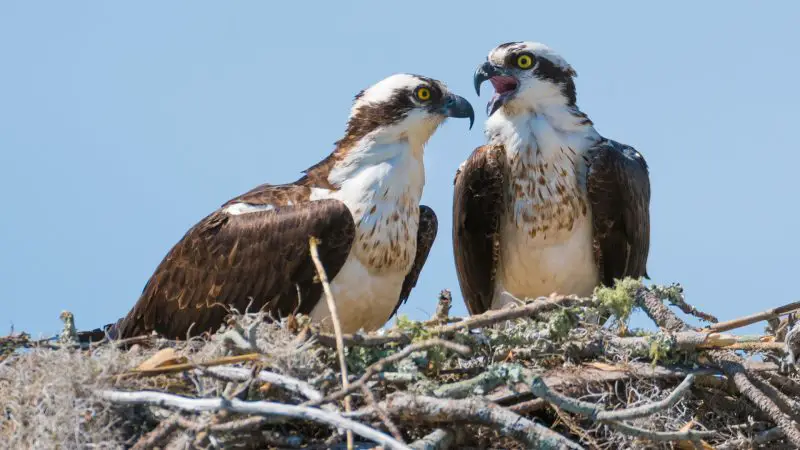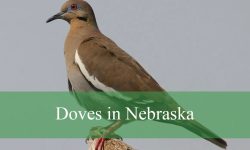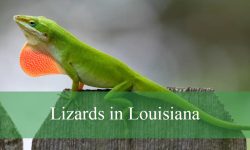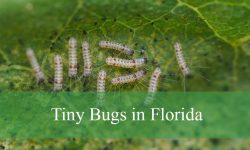Ospreys are one of the most fascinating birds of prey found along the coastlines and waterways of Maryland. Known scientifically as Pandion haliaetus, these majestic raptors have become iconic symbols of the Chesapeake Bay and the state’s rich natural heritage. Their distinctive appearance, impressive hunting skills, and remarkable adaptability have captivated birdwatchers, conservationists, and nature lovers alike. While many people are familiar with the osprey’s striking white underparts and hooked beak, there are numerous amazing facts about ospreys in Maryland that remain lesser known.
This article delves into the world of ospreys in Maryland, uncovering surprising details about their biology, behavior, habitat, and conservation. Through this exploration, readers will gain a deeper appreciation of why ospreys are not just another bird but a vital part of Maryland’s ecosystem and cultural identity.
The Natural Habitat of Ospreys in Maryland

Ospreys are often called “fish hawks” due to their exclusive diet that primarily consists of fish. Maryland, with its extensive coastline, rivers, and abundant wetlands, provides an ideal habitat for these raptors. The Chesapeake Bay, the largest estuary in the United States, plays a central role in supporting osprey populations by offering plentiful fishing opportunities and nesting sites.
Ospreys in Maryland can be observed nesting on man-made platforms, utility poles, channel markers, and natural trees close to water bodies. Their preference for nesting near water sources is directly linked to their need for easy access to fish. Unlike many other raptors, ospreys are uniquely adapted to life near aquatic environments. Maryland’s diverse waterways, including the Susquehanna River, Potomac River, and numerous tributaries, serve as prime hunting grounds.
Physical Characteristics That Set Maryland Ospreys Apart
The osprey is a medium-large raptor with a wingspan that can reach up to six feet, making it a commanding presence in Maryland’s skies. Their brown upperparts contrast sharply with their white underparts, and a distinct dark eye stripe extends from the beak across the eyes, adding to their fierce and focused look. This dark stripe, combined with bright yellow eyes, makes identification relatively straightforward for bird enthusiasts in Maryland.
One of the most remarkable physical adaptations of ospreys is their reversible outer toes. This unique feature allows them to grasp slippery fish with two toes in front and two behind, providing a better grip. Additionally, their feet are covered with rough, spiny pads called spicules that help hold their prey firmly. These evolutionary traits are critical for successful hunting in the aquatic environments that define Maryland’s osprey habitats.
The Hunting Technique: A Masterclass in Precision
Ospreys are masters of hunting fish, and their techniques reveal astonishing precision and patience. From high above the water, they use their keen eyesight to spot fish swimming just beneath the surface. Once a target is identified, the osprey performs a dramatic, hovering dive, plunging feet-first into the water to snatch the prey.
In Maryland, this hunting method is often witnessed along the Chesapeake Bay shores during warmer months. The osprey’s ability to sense the slightest movement in water and its powerful talons enable it to catch fish weighing up to two pounds. Remarkably, after catching a fish, the osprey will reposition it in its talons to ensure a streamlined flight back to its nest or perch, often with the fish facing headfirst to reduce air resistance.
Migration Patterns and Seasonal Behavior
Ospreys in Maryland are migratory birds, arriving in the state during early spring and departing by late fall. Their migration route typically spans thousands of miles, with many traveling to Central and South America during the winter months. This incredible journey underscores the osprey’s endurance and navigational skills.
The timing of osprey migration in Maryland aligns with the availability of fish and suitable nesting conditions. Upon arrival, ospreys establish territories and begin courtship displays, including dramatic aerial acrobatics. Maryland’s osprey population is bolstered each spring as returning birds pair up and rebuild nests, often reusing structures from previous years.
Nesting Habits and Reproductive Cycle
The nesting behavior of ospreys in Maryland is notable for its reliance on elevated sites near water. Unlike many raptors that nest in dense forests, ospreys favor open, exposed locations that provide a clear view of the surroundings and quick access to fishing areas.
Maryland has seen a significant increase in the installation of artificial nesting platforms, which have proven vital in supporting osprey reproduction. These platforms not only help reduce conflicts with power lines but also encourage osprey pairs to establish and maintain territories safely.
Ospreys typically lay three eggs per clutch, with both male and female sharing incubation duties over approximately five weeks. The chicks are altricial, meaning they hatch blind and helpless, relying entirely on parental care. After fledging, young ospreys gradually learn to hunt and navigate the waters of Maryland, often staying with their parents for several weeks before venturing out independently.
Conservation Success: Ospreys in Maryland Today
Ospreys were once in severe decline across the United States due to pesticide use, habitat loss, and human disturbance. The banning of harmful chemicals such as DDT in the 1970s marked a turning point in osprey conservation. Maryland played a critical role in osprey recovery efforts by protecting habitats, erecting nesting platforms, and monitoring populations.
Today, the osprey population in Maryland has rebounded impressively. Conservation programs continue to track osprey health and nesting success, providing valuable data for ongoing ecological management. Public awareness campaigns and citizen science initiatives also engage Marylanders in osprey stewardship.
The success story of Maryland’s ospreys serves as a model for raptor conservation nationwide, highlighting the importance of coordinated efforts and community involvement in preserving wildlife.
Ecological Role of Ospreys in Maryland’s Ecosystem
Beyond their striking appearance and hunting prowess, ospreys serve an essential ecological function in Maryland. As top predators in aquatic ecosystems, they help maintain fish population balance, preventing any single species from becoming overly dominant. This role contributes to healthier, more resilient waterways throughout the Chesapeake Bay watershed.
Moreover, ospreys act as indicators of environmental health. Because they rely heavily on clean water and abundant fish, their presence signals a relatively unpolluted habitat. Monitoring osprey populations thus provides insights into the broader condition of Maryland’s aquatic ecosystems, alerting conservationists to potential problems such as pollution or habitat degradation.
Human Interaction and Cultural Significance
Ospreys have woven themselves into the cultural fabric of Maryland, appearing in art, literature, and community identity. Their image adorns various local logos and is celebrated during annual festivals dedicated to birdwatching and environmental education.
While ospreys generally avoid direct conflict with humans, increased coastal development and recreational activities pose ongoing challenges. Efforts to balance human enjoyment of Maryland’s natural resources with wildlife protection are vital. Educational programs promote respectful wildlife viewing and encourage the public to support conservation measures.
Challenges and Future Outlook
Despite their recovery, ospreys in Maryland face contemporary challenges. Climate change impacts water temperatures and fish migration patterns, which could affect osprey feeding success. Habitat fragmentation from urban expansion and pollution remain concerns.
Continued vigilance through research and habitat protection is necessary to ensure ospreys thrive in Maryland’s evolving landscapes. Collaborations among government agencies, nonprofits, and local communities will be key to sustaining the remarkable comeback of this species.
Conclusion
Ospreys in Maryland are far more than just spectacular birds of prey; they are vital components of the state’s ecological and cultural heritage. From their specialized physical adaptations and awe-inspiring hunting techniques to their migratory journeys and conservation triumphs, these raptors embody resilience and natural beauty.
By understanding and appreciating the amazing facts about ospreys in Maryland, we not only deepen our connection to the natural world but also recognize the ongoing responsibility to protect and preserve the habitats that support such incredible wildlife. Whether you are a seasoned birder or a curious visitor, witnessing an osprey in action along Maryland’s waterways is a truly unforgettable experience.
FAQs About Ospreys in Maryland
Are ospreys common in Maryland?
Yes, ospreys are commonly found throughout Maryland, especially near the Chesapeake Bay and its many rivers and wetlands.
What do ospreys eat in Maryland?
Ospreys feed almost exclusively on fish, diving into the water to catch them with their sharp talons.
Where do ospreys nest in Maryland?
They prefer to nest on elevated sites near water, including trees, man-made platforms, and utility poles.
When do ospreys migrate to and from Maryland?
Ospreys typically arrive in Maryland in early spring and migrate south for the winter, often to Central or South America.
How have osprey populations in Maryland changed over time?
Osprey numbers declined due to pesticides like DDT but have rebounded significantly after conservation efforts and habitat protection.






